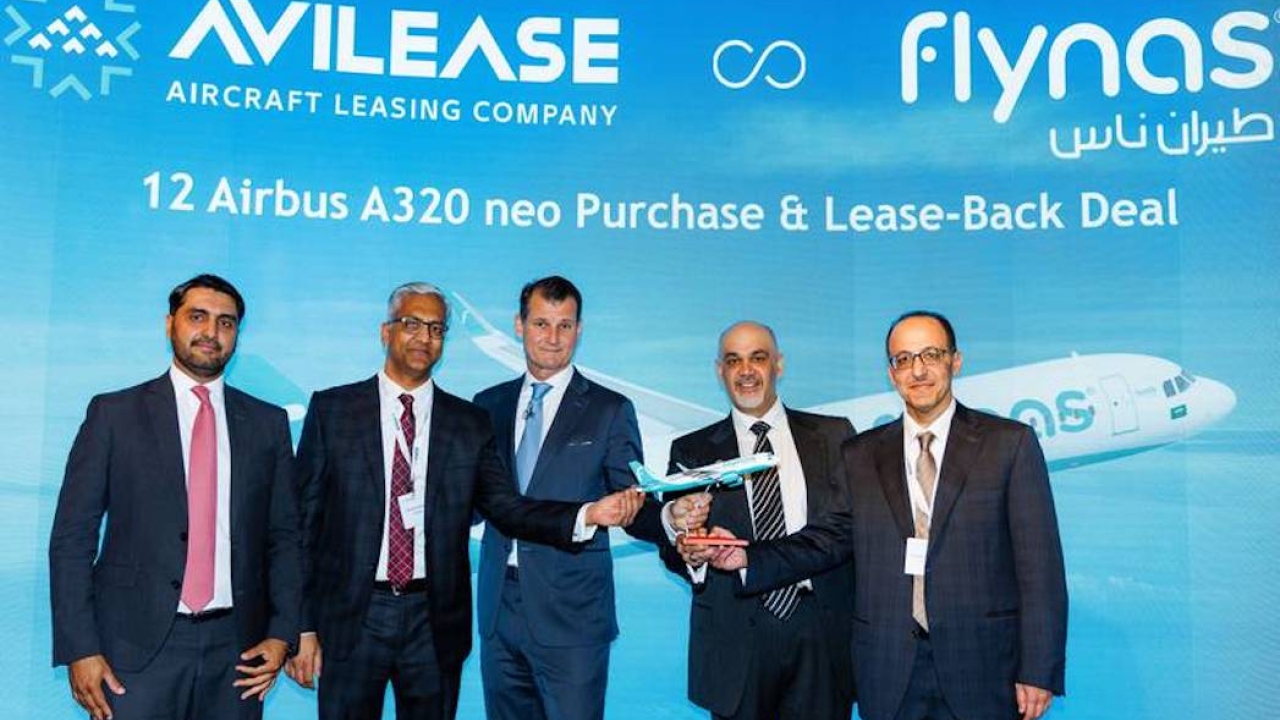 Credit: timesaerospace.aero
Credit: timesaerospace.aeroThe Saudi Aviation Strategy, part of the broader Vision 2030 initiative, seeks to transform the country into a major global logistics center. Key elements include expanding airport infrastructure, increasing air traffic capacity, and fostering partnerships with international aviation companies. During the airshow, GACA representatives emphasized the significant progress made since the strategy's inception, underscoring the government's commitment to achieving these ambitious goals.
A critical component of the strategy is the expansion and modernization of airports across the Kingdom. The King Abdulaziz International Airport in Jeddah and King Khalid International Airport in Riyadh have undergone extensive upgrades to handle more passengers and cargo. These upgrades include state-of-the-art facilities, enhanced security measures, and improved passenger services. GACA officials noted that these improvements are crucial to accommodating the anticipated surge in air traffic and enhancing the overall passenger experience.
Another significant development is the establishment of a new national airline. This airline aims to compete with major regional carriers and serve as a catalyst for growth in the tourism and business travel sectors. GACA highlighted that this new carrier would not only increase connectivity within the region but also link Saudi Arabia with key international destinations, thereby boosting the country's tourism industry and attracting more business travelers.
The airshow also provided a platform for GACA to announce several strategic partnerships with leading global aviation companies. These collaborations are expected to bring advanced technologies and expertise to the Saudi aviation sector, facilitating knowledge transfer and supporting the development of a highly skilled local workforce. Among these partnerships are agreements with aircraft manufacturers, maintenance service providers, and technology firms specializing in aviation solutions.
One of the emerging trends highlighted at Farnborough is the focus on sustainability in aviation. GACA officials underscored their commitment to reducing the environmental impact of the aviation sector. Initiatives include investing in more fuel-efficient aircraft, implementing sustainable aviation fuels, and adopting green airport practices. These efforts align with the global aviation industry's push towards achieving net-zero carbon emissions by 2050.
GACA also showcased the progress of the Red Sea International Airport project, a key element of the Saudi Aviation Strategy. This airport, designed to be a luxury gateway to the Red Sea tourism project, aims to attract high-end tourists from around the world. With cutting-edge design and sustainability features, the Red Sea International Airport is set to become a model for future airport developments in the region.
The Farnborough International Airshow served as a significant milestone for Saudi Arabia's aviation sector, providing an opportunity to update the global industry on the progress of the Saudi Aviation Strategy. The event demonstrated Saudi Arabia's determination to become a major player in the global aviation market, driven by strategic investments, international partnerships, and a strong focus on sustainability.
As Saudi Arabia continues to implement its aviation strategy, the Kingdom's role in the global aviation industry is expected to grow significantly. The developments announced at Farnborough indicate that Saudi Arabia is well on its way to achieving its Vision 2030 goals, transforming the nation's aviation sector and positioning it as a key hub for international air travel and logistics.
